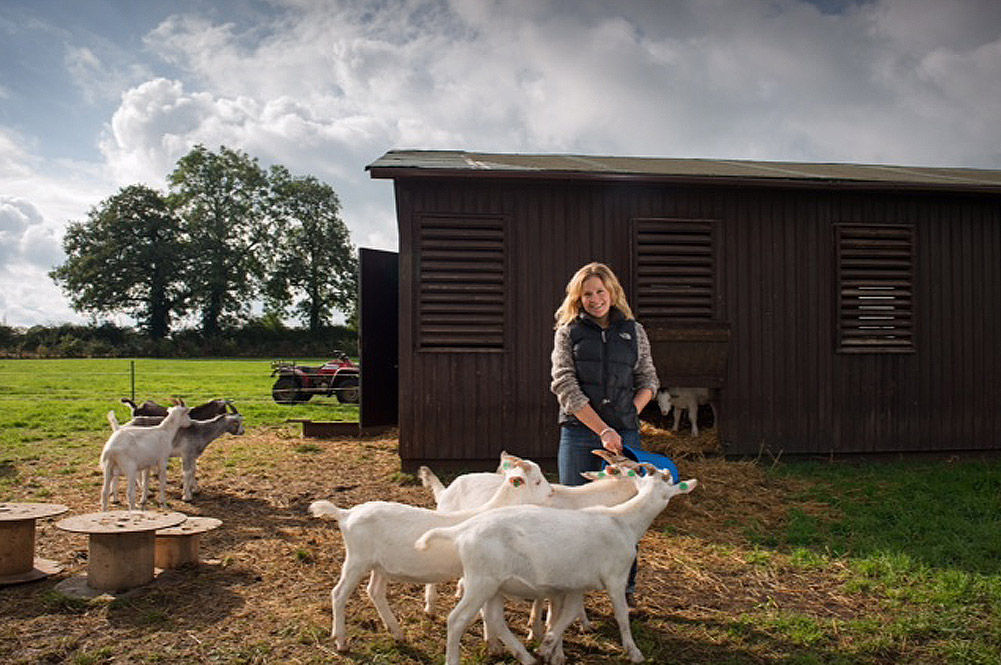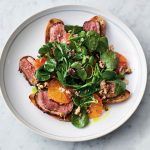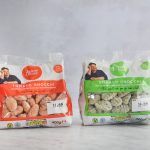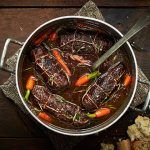Only when Jamie decided to feature kid (young goat meat) in his latest series of Friday Night Feast did I realise I knew very little about the world's most widely eaten meat.
A visit to a small-scale, free-range producer in the Cotswolds really opened my eyes and taste buds to this massively logical and delicious alternative to the usual Western world mix of chicken, pork and beef.
The rise in availability of kid meat is largely due to the increasing demand for goat’s milk. Stronger in flavour than cow’s milk and suitable for people with lactose intolerances – whether for health, trend or cheese reasons, goat’s milk has gained popularity in recent years. This has led to a surprisingly high number of milking goats, known as ‘nanny goats’ in the UK, although we rarely catch a glimpse of them as they’re usually kept indoors (herding goats twice a day is no mean feat).
As with any dairy, the animal being milked must be reproducing in order to keep the milk flowing. As males and females are born in equal quantities, the boys born to a milking nanny are largely unwanted. This is a sad fact of the dairy and egg industries, and usually sees young males killed within hours of being born.
Fortunately, Lizzie Dyer, who comes from a mixed farm background in the West Country, is helping to alleviate this problem by sourcing these unwanted males from a major goat dairy, then rearing them on her sustainable, higher-welfare meat farm in the Cotswolds.
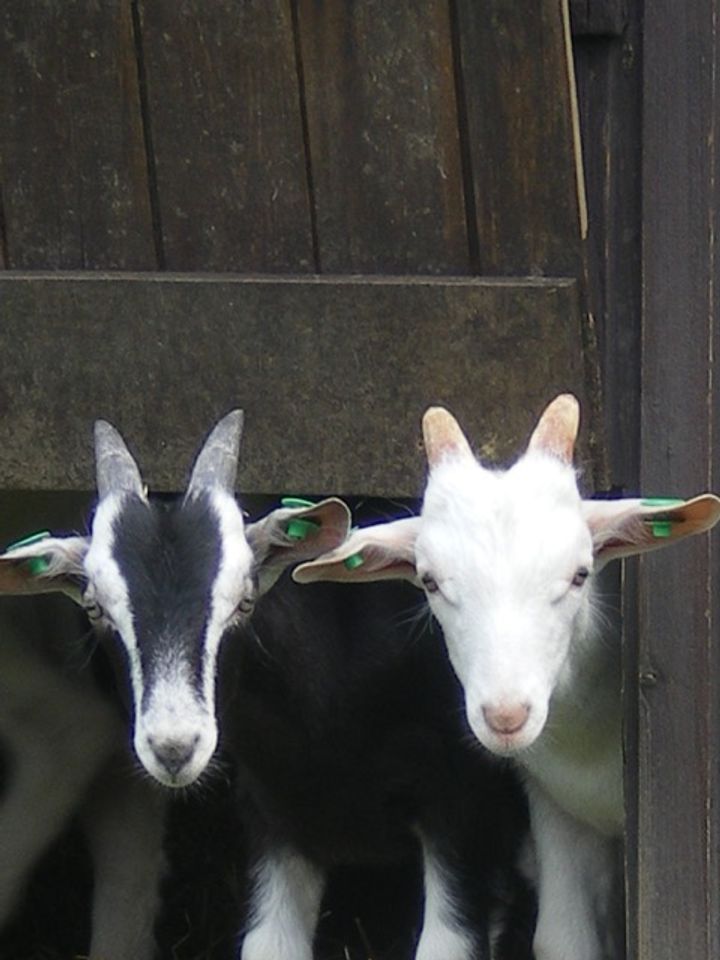
A VISIT TO THE KID FARM
In the past, I’ve always said that pigs and turkeys are my favourite farm animals to spend time with due to their fun and inquisitive personalities. That was until I took a trip to the kid farm…
Lizzie has built small, cosy rearing houses out of old army barrack buildings, where the kids live in comfort while they are weaned off milk and onto solid food. The houses are filled with deep, warm straw, toys such as barrels, wheels and crates to play with, and an endless supply of nutritious milk. Each house is like a mini circus with bouncy, energetic kids desperate to say hello and show off tricks! I have never in my life seen farm animals as entertaining and genuinely happy as the kids on Lizzie’s farm.
PASTURE-BASED LIVING
Once the kids have adapted to life on the farm and have begun eating solid food, they are moved to outdoor fields for grazing for the rest of their lives. They are truly free-range, with access to pasture 24-hours-a-day and indoor shelter to sleep in when they choose. At somewhere between six and nine months, before they mature into goats, the kids are taken to a small local abattoir where they are humanely slaughtered in small batches.
As somebody who enjoys a diet containing meat and dairy, the kid industry has opened my eyes to a sustainable alternative to the usual mix of meats. In my role at Jamie Oliver I’m often faced with challenges of meat consumption in today’s world, where the sustainability of our food system is a big worry. Small, ethically focused, pasture-based systems such as this are definitely part of the solution. Here’s why:
- These animals would otherwise have been killed at birth and their lives would have been wasted
- The meat system is working hand in hand with the dairy system, allowing both to help each other
- The kids feed predominantly on food that humans and other animals cannot eat, meaning that valuable cereals are not being wasted for the fattening of livestock
- Compared with intensive livestock systems, the environmental impact is minimal – large amounts of fossil fuels are not going into feed, irrigation, housing, waste management or processing systems
- The animal welfare is excellent – these kids live in an environment where they can express their natural behaviours, and large amounts of antibiotics are not required
- The meat these animals produce is highly nutritious

The last benefit of this system, which must not go unsaid, is that the meat is absolutely delicious. Kid meat is mild and tender, with a delicate sweet flavour. It is therefore no surprise that kid and goat meat is so popular worldwide.
While kid meat is not yet commonly seen on supermarket shelves, it is available from quality butchers and online direct from producers such as Lizzie at Just Kidding.
As ever, the trick to being a more sustainable carnivore is to value quality and welfare over quantity of meat consumed. I know for sure that I’ll be eating more kid meat in the future now that I’ve seen the logic and ethos behind these free-range animals.
To kick-start your love for this as yet underrated meat, check out our tasty burger recipe.
